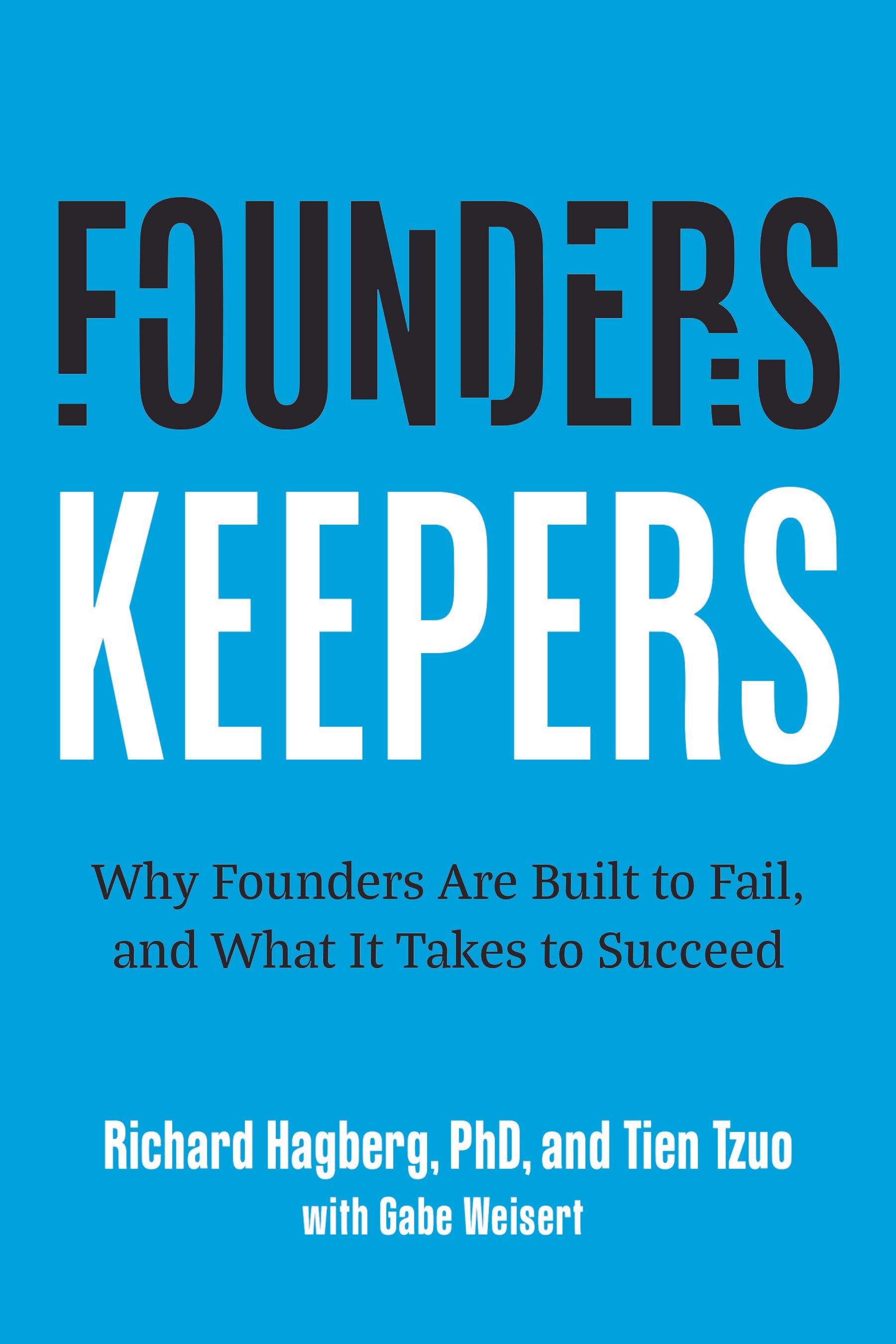Article
Winning Together: How Exceptional Leaders Build Unstoppable Teams

Try to imagine a team so finely tuned that their collaboration feels almost magical. Over the last 40 years I’ve seen a few that stunned me with their effectiveness. Deadlines were met with precision, challenges are tackled with creativity, and morale was high. These aren’t just happy accidents; they are the product of deliberate, disciplined leadership. But what is it that these exceptional leaders do differently?
To explore what made leaders great at facilitating teamwork, I looked at the leaders who were rated the highest on overall leadership effectiveness and who were also rated as outstanding in building teams. After analyzing their 360 ratings, coworker comments and personality test scopes, I discovered a fascinating pattern. Behind every high-performing team lies six key themes that define how leaders inspire trust, build connection, and foster productivity. Beneath these themes are twelve distinct personality traits and behaviors—the true underpinnings of their success. Let’s dive into what makes these leaders exceptional, how their teams thrive, and what you can take away to transform your own leadership style.
The Catalyst: Fostering Collaboration and Inclusiveness
At the heart of every great team lies a foundation of collaboration. The best leaders understand that inclusiveness is not a buzzword; it’s the lifeblood of a successful group. These leaders create an environment where everyone feels they have a voice and a stake in the team’s success. Think of it like orchestrating a symphony—each instrument unique, but all working in harmony.
One leader I worked with described it this way: “I don’t just want my team to be good at their jobs. I want them to feel good about their contributions.” And it works. When people feel included, they give their best—not because they must, but because they want to.
Inclusive leadership goes beyond meetings. These leaders actively ensure diverse perspectives are not just heard but valued. One executive shared how they intentionally sought input from junior employees, creating a reverse mentoring system to learn from younger team members. This approach not only bridged generational gaps but sparked innovative solutions.
A remarkable example came from a retail company where the CEO spent an entire week working alongside employees at every level. This not only provided invaluable insights into operations but also inspired a wave of new ideas from employees who felt truly seen and valued.
The Power of Empowerment: Developing Team Members
“Leadership isn’t about control; it’s about empowerment.” That’s the mantra of the best leaders. They don’t micromanage; they mentor. They know their job isn’t to do the work for their team but to remove barriers so their team can shine.
A leader’s ability to delegate isn’t just about trust; it’s about fostering growth. By assigning stretch tasks and providing support, they push their people to develop new skills and, in turn, confidence.
One executive I coached took this approach to heart. When a junior manager expressed interest in leading a high-stakes project, the leader’s instinct was to say, “You’re not ready yet.” Instead, they said, “Let’s prepare you.” The manager not only succeeded but went on to take on bigger roles, crediting that opportunity as a turning point.
Empowerment also requires patience. A seasoned leader shared how they once held weekly one-on-ones with an underperforming employee, not to micromanage but to provide consistent coaching. Over time, that employee became a top performer.
Empowerment isn’t just about developing individuals—it’s about creating a culture where everyone lifts each other. In one team, a leader implemented peer mentoring, pairing experienced members with newer hires. The result? Faster onboarding and a stronger sense of camaraderie.
The Core: Creating a Positive Team Culture
Culture isn’t what’s written in your mission statement; it’s what your team feels every day. Exceptional leaders understand that positivity fuels productivity. They celebrate wins, address failures with empathy, and create an environment where people feel valued.
One leader’s approach stands out. Instead of reprimanding a team member who made a costly mistake, they called a “win-learn” meeting. They asked the team to reflect on what went well despite the setback and what could be improved. It was never about blame; it was about building resilience and trust.
Positivity doesn’t mean ignoring challenges. Another leader made it a practice to end every week by asking their team, “What’s one thing that frustrated you this week, and how can we fix it?” This proactive approach addressed problems head-on while maintaining morale.
Exceptional leaders also understand the power of symbolic gestures. One executive started a tradition of hand-delivering birthday cards to every team member. This small act created a deep sense of connection and loyalty.
The Glue: Effective Communication
Communication is the thread that ties a team together. The best leaders are master communicators, ensuring everyone knows not just what to do but why it matters. They listen as much as they speak, creating a two-way street of ideas and feedback.
One leader implemented “feedback Fridays,” where team members could share thoughts—anonymously or openly—on what was working and what wasn’t. Over time, this openness became a cornerstone of the team’s success.
But effective communication goes beyond feedback. It’s also about clarity. A leader I coached used a simple tool: at the end of each meeting, they asked team members to repeat back key takeaways. This ensured alignment and minimized misunderstandings.
Leaders who excel at communication also create forums for informal interaction. One manager set up monthly coffee chats with random pairs of team members, fostering connections and breaking down silos.
The Art of Strengths: Recognizing Individual Talents
Imagine a soccer team where everyone plays goalie. Absurd, right? Yet so many leaders fail to recognize and utilize their team’s diverse strengths. Great leaders, however, are like talent scouts—always identifying who’s best at what and positioning them to succeed.
One leader I coached used a strengths matrix to map out their team’s unique abilities. Not only did this improve performance, but it also boosted morale as people felt their skills were truly valued.
Another example comes from a tech startup where the CEO reorganized teams based on personality assessments. By aligning roles with individual strengths, they saw a 30% increase in productivity.
The Inspiration: Leading by Example
Actions speak louder than words and nowhere is this truer than in leadership. The most inspiring leaders hold themselves to the same standards they expect of others. Their dedication is contagious, setting the tone for the entire team.
One leader would never ask their team to work late without rolling up their own sleeves. “If I’m asking for extra effort, they need to see I’m all in too,” they explained. The result? A team that consistently went above and beyond because they saw their leader doing the same.
Another leader shared how they publicly admitted to their mistakes. “Owning my failures shows my team that it’s safe to take risks,” they said. This humility fostered a culture of innovation and psychological safety.
The Traits That Make It All Possible
Now, let’s pull back the curtain on the nine traits that underpin these leadership themes. These traits aren’t innate; they’re cultivated. Here are a few of the most impactful:
- Social Skill: Leaders build trust and rapport effortlessly. One colleague noted, “She makes you feel like your ideas and contributions matters.”
How to Develop It: Schedule regular one-on-one time with team members to understand their motivations, aspirations, and challenges. Practice active listening by asking open-ended questions and reflecting on their responses. Attend networking events or join professional groups to practice building rapport with diverse individuals. - Emotional Grounding: They remain calm under pressure. A team member once said, “He’s unshakeable, even in a crisis.”
How to Develop It: When tensions rise, pause and take a deep breath before reacting. Practice mindfulness techniques like meditation to improve emotional regulation. Seek feedback from trusted colleagues on how you handle stressful situations and work on areas for improvement. - Consistency: Reliable leaders build trust. “She consistently communicates her expectations clearly, follows through on her commitments, and ensures everyone is on the same page, which makes it easy to trust and rely on her leadership”
How to Develop it” Start small by always following through on meeting deadlines. Create a personal system for tracking commitments and set reminders to ensure you meet them. Regularly communicate progress on tasks to build trust and reliability. - Adaptability: They see change not as a threat but as an opportunity. “"She adapts to new challenges by bringing together cross-functional teams to innovate and execute with alignment."
How to Develop It: When a new challenge arises, ask, “How can we turn this into an advantage?” Shift your mindset to see obstacles as opportunities for growth and involve your team in brainstorming innovative ways to address the situation. Encourage flexibility and experimentation, fostering a culture that thrives on change and innovation. - Trusting Nature: Leaders empower others by demonstrating faith in their team’s abilities. Trust builds confidence and accountability. One leader was described as “someone who trusts you to figure it out but has your back if you need help.”
How to Develop It: Start delegating significant responsibilities to team members, allowing them autonomy while remaining available for support. Resist the urge to micromanage and instead focus on outcomes. Celebrate when team members succeed with delegated tasks. - Achievement Orientation: These leaders are driven and inspire others to reach ambitious goals. They lead with enthusiasm and pride, creating a culture of high standards and collective success. One team member noted, “Her passion for collaboration and commitment to excellence motivates everyone around her.”
How to Develop It: : Share your enthusiasm for team wins and set clear, challenging goals that energize the team. Break down larger objectives into measurable milestones and regularly track progress. Encourage a growth mindset by focusing on effort and improvement rather than just results. - Ethical Integrity: Leaders with strong moral compasses earn respect and loyalty. They foster an environment of fairness and transparency, which cultivates trust. One observation: "He is totally trustworthy and creates a very healthy team environment by leading with integrity and setting an example of fairness and respect for everyone."
How to Develop It: Consistently align decisions with your values and ensure your actions reinforce a culture of fairness. Create a personal code of ethics and refer to it when facing difficult decisions. Be transparent about your reasoning behind choices, especially when they affect the team. - Organizational Skills: Exceptional leaders bring structure and clarity to chaos. They prioritize tasks effectively and ensure their teams stay focused on what matters most. A team member highlighted, “He provides clear structure and expectations, which keeps us aligned and productive.”
How to Develop It: Implement task management software or shared project boards to clarify priorities and keep everyone aligned. Develop a system for categorizing tasks by urgency and importance. Regularly review and update your organizational systems to ensure they remain effective. - Inspirational Vision: These leaders articulate compelling goals and rally their teams around a shared purpose. They can energize and uplift even during challenging times. One person said, “He always reminds us of why our work matters, and that keeps us motivated.”
How to Develop It: Regularly communicate your vision and tie day-to-day efforts back to the bigger picture. Practice storytelling techniques to make your vision more compelling and relatable. Seek out and share examples of how the team's work is making a tangible impact.
share this
Related Articles
Related Articles





